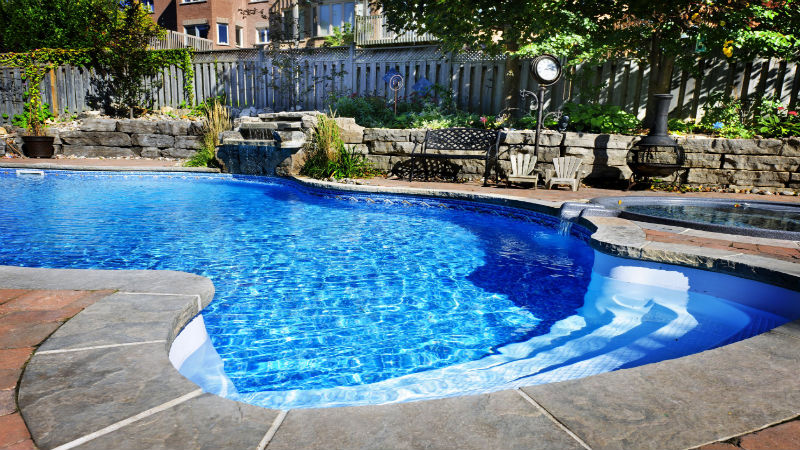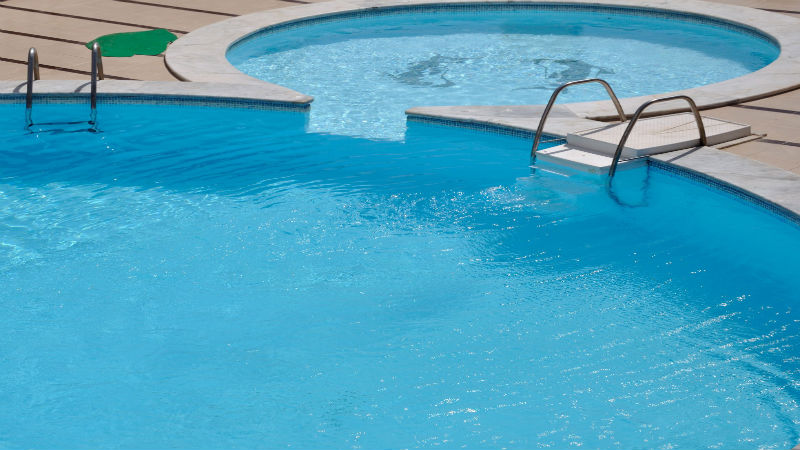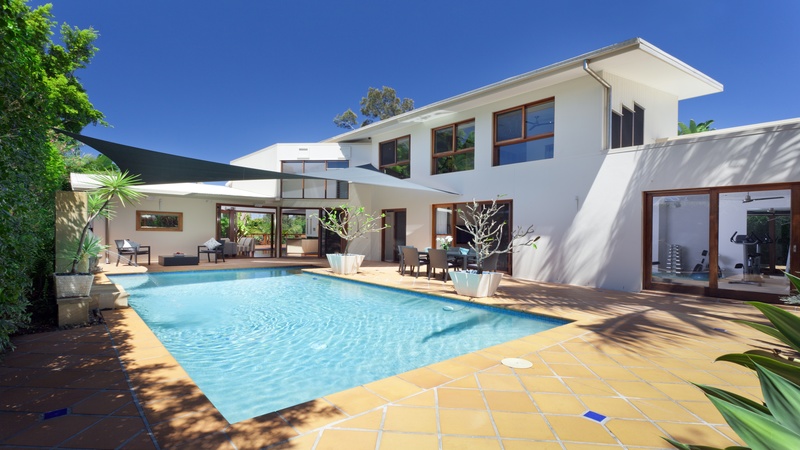When you have an outdoor swimming pool, everyone will agree that it’s a great way to have fun and also to socialize with your friends, but at the same time, your pool is directly exposed to the elements of nature. As a result, in order to keep the water safe, you’ll need to use a variety of chemicals. The fact is that there are certain chemicals which are quite unsuitable for killing the harmful microorganisms, which means that they won’t break down when hit by sunlight. In this case, it seems that you’ll need to start considering a Pool Stabilizer.
Stabilizer Function
Because of its instability when it’s exposed to sunlight, chlorine will break apart quite quickly. However, it seems that you can easily protect chlorine from the ultraviolet rays by using cyanuric acid. This is a very popular stabilizer which will increase the chlorine’s longevity and on top of that, reduce the frequency of adding chlorine into the pool water. What you need to know is that the stabilizer doesn’t inhibit the chlorine disinfectant oxidation or activities. Chlorine and the Pool Stabilizer can combine to create chlorimide, which is very efficient at disinfecting the water.
Pool Testing
Any pool center will feature certain tests that will allow you to see whether your pool needs to have a Pool Stabilizer added or not. Most of the times, pools need between twenty to forty ppm. On the other hand, if you live in an area with plenty of sun, in order for the water to handle the UV rays better, you’ll need between forty to eighty parts per million. However, you should not add more than one hundred parts per million, because this will make the chlorine less effective.
Applying the Stabilizers
First of all, you should know that a stabilizer will look like white granules or powder and they will dissolve quite slowly. If you want to speed up the process, then you’ll have to put them in warm water. Also, keep in mind that you should add 6 lbs of stabilizers per twenty thousand gallons of water, if the pool has new water.



